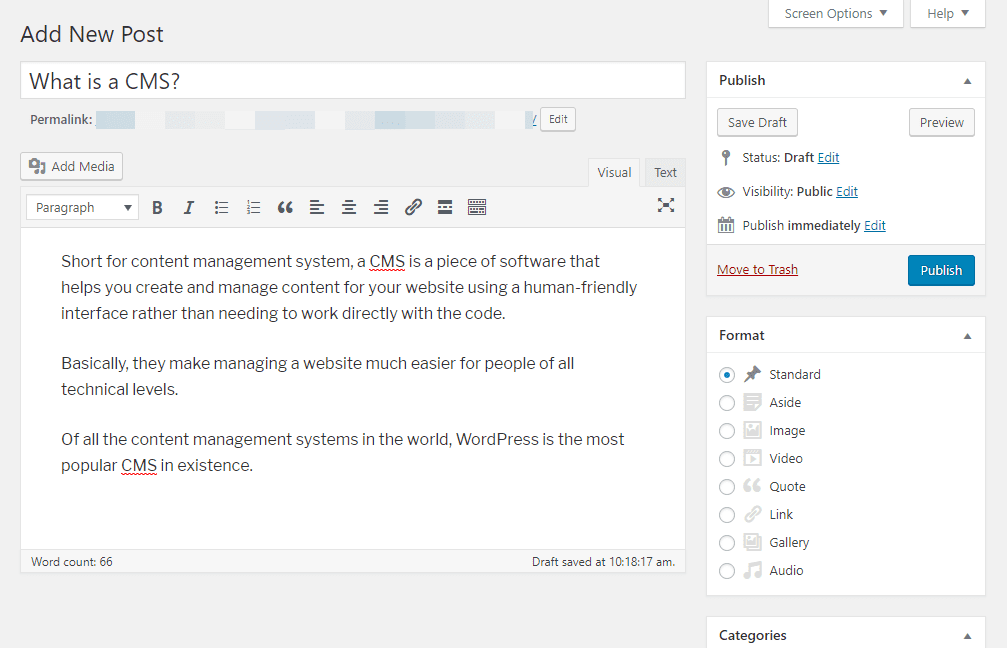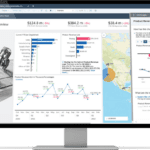Headless Architectures and Composable Systems
Looking for more flexible architecture choices that can guarantee greater security and scale? It might be time to consider more complex customisations and integrations.
What happens when you want all the juicy bits of a system- data models, business logic, and machine learning capabilities – without the baggage of being boxed into the platform’s standard user experience or simplified workflows?
APIs/widgets provide flexibility to extend a platform, which is a great solution for those with few extensions or simplistic integrations. But what if business requirements force you to bolt on several customisations, real-time integrations, and detailed design customisations.
The added code can quickly become cumbersome and difficult to support- and while many might think its better to build a solution from scratch, the idea is daunting and expensive.
What is a headless architecture?
Advanced development teams may find a middle ground using platforms designed to be headless architectures. These platforms have API first architectures that deliver a complete back end system with databases, business logic, and productivity-enhancing integrations. They have the ability to provide basic UIs, but there is an expectation that developers will build on the foundational features using APIs and SDKs.

Benefits of headless architectures and composable systems
Some headless architectures provide “back-office tools”, but the front end customer experience is custom build using the platforms API’s.
Employee and customer facing search is another vital area where many organisations use headless search. The search platform typically provides the back-end tools to integrate content sources, develop search indices, enhance search relevancy, and configure recommendation engines and other machine learning algorithms.
Instead of using the platforms UI, development teams use the headless architecture APIs to build webpages, mobile apps, and components that integrate with software as a service and other platforms.
Headless architecture is all about the freedom that developers get at the interface level. Large enterprises with higher IT maturity are adopting a headless content approach to get the best of both worlds – skin and bones UI frameworks and API-based content services.
So why choose headless architectures?
Customisation, flexibility, especially around a customer-facing user experience, is one reason a development team may want to leverage headless architecture. When multiple systems with distributed ownership unify to power a workflow or experience, consider headless architectures.
For example, the fulfillment workflow for an e-commerce company might involve a different system to manage the cart, warehouse, couriers, driver apps, and registration of delivery. Each system might have different admins, scalability, and servers, but to work at all they must work together to provide a seamless customer experience.
Composable systems
Headless architectures provide a top level user experience, but they don’t address the middle and back-end flexibilities/ The next level of modularity comes from composable systems that allow businesses to cherry pick the best functionality for them.
Composable commerce architectures are open, flexible, and sales-centric solutions that can optimise a variety of user experiences. Some of these solutions extend beyond headless capabilities and allow for decoupling orders, payments, catalog, inventory, and other modules.


